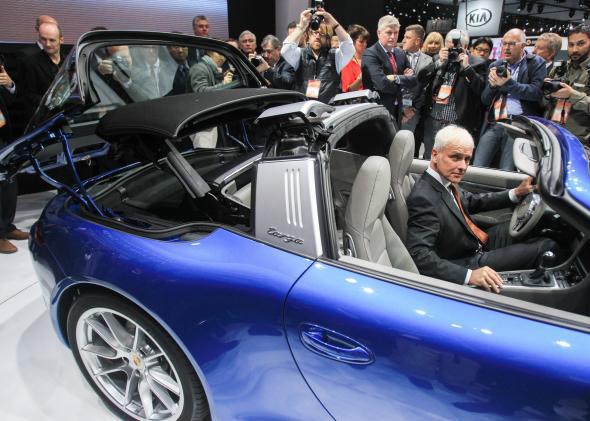“More broadly, about 90 percent of the overall increase in inflation-adjusted consumption between 2009 and 2012 was generated by the top 20 percent of households in terms of income.”
That’s Nelson Schwartz, citing research from Barry Cynamon and Steven Fazzari. As Schwartz notes, you see this uneven recovery all over the business world. Firms are increasingly either looking to target the high end for growth, or else to specialize in super-discount offerings. Midtier brands are suffering across the board.
My view is that this top-down consumption pattern is ultimately bad for innovation. The problem is that when it comes to really high-end consumption, a huge amount of the value proportion is positional in nature. It’s not about having a good boat, it’s about having a bigger yacht than the CEO of one of your competitors. Of course considerable creativity goes into devising and marketing high-end status goods, so it’s not as if the human capacity for ingenuity shuts off. But thinking up creative ways for people to show off isn’t really the same thing as dreaming up whole new product categories that you can target at the mass market. When the mass market goes away, the smart play is for everyone to focus on branding and exclusivity and zero-sum status competition games rather than on broadly useful new ideas.
